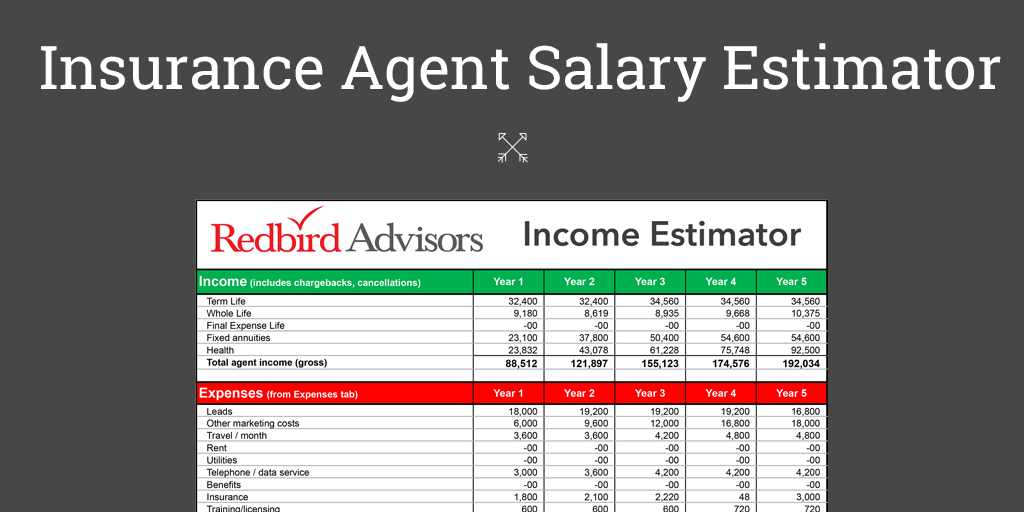
A recent training session with our agents generated a lot of interesting questions about fixed annuities.
It also reminded me that it is often the lesser known issues that trip up agents. There’s some good information below if you’re part of the growing fixed annuity boom (and if you’re not part of it, you should be).
What is spousal continuance?
This is when one spouses passes away and the surviving spouse is able to receive the balance of the annuity. However, this option is available only if, at the time of the application, the client elected the lifetime payout rider. When you have this it takes care of spouse. The insurance carrier simply recalculates the payout of the remaining balance based on the surviving spouse’s age at that time. Of course, there are also options for a spouse to take over the annuity contract if the lifetime income has not yet been activated.
How do I determine annuity allocation/crediting methods?
This is often a confusing component of annuities for agents. And, if it’s confusing for agents then imagine how clients feel. Clients have multiple options or, as I like to call them, buckets, where they can direct the type of investment for their annuity. The industry sometimes calls them indices.
As you can imagine, each carrier has its own “buckets”. It could be the S&P annual point to point or quarterly point to point, or a fixed account where today they might get a blistering 1.15%. Every carrier is different, and that’s what makes it so difficult if the agent isn’t ready. Understanding how to allocate funds takes time and research. We always advise agents to dig deep for details and facts to ensure they are maximizing the benefits for their clients.
Where agents get in trouble is they don’t prepare properly. The smart agent looks at the application before they go near the client. I wish agents would pick up the phone and call us before they meet with a customer. More than anything the mistakes they make are not asking enough questions to ensure they fully understand the client’s needs. And, as we know, client needs can change rapidly.
What do I tell a client regarding rolling money from a variable to a fixed annuity?
The process to transfer the money is pretty painless. However, the real issue in this process is making sure we completely understand the client’s purpose in doing this. A variable product is a market-based, no guarantee product whether it is a variable annuity, variable universal life, a stock, bond or a mutual fund. Conversely, Redbird sells only fixed products and fixed indexed annuities which, unlike variable, have contractual minimum guarantees.
The fact that a client is open to moving away from a market-based product raises all kinds of questions about what might be going on in their life. We need to know as much as possible so that money moves to exactly the right place and for exactly the right reason. Suitability plays a big role in rolling money in any scenario and it’s important we all take the time to continually educate ourselves.
It’s all about asking the right questions. All our agents should download our free Redbird Fact Finder.
What are the differences between an Annuity and Indexed Universal Life?
It’s a question I hear a lot.
An annuity is a tax deferred growth product to help the client either pass money on or use the money when they are retired. To keep things simple, an annuity is used to help guarantee an individual will not outlive their money.
Fixed Indexed Universal Life (FIUL) is life insurance that is paid upon death. The confusion with annuities comes into play when the FIUL product is illustrated for cash accumulation.
The growth models have similarities due to being tied to a specific index which also possesses the ratchet and reset function. Yes, you can access the cash value in the IUL policy, but you can’t access the death benefit unless there is a critical or terminal illness.
Remember: annuities are designed for the living and life insurance is designed for those you are leaving behind. While every client’s needs are unique, these two products are often complimentary pieces of clients’ long term plans. It all comes down to your clients expectations and objectives. Check out our full guide on selling indexed universal life insurance here.
What is RMD and how does it impact clients?
RMD means required minimum distribution. The U.S. Government requires any person with qualified money such as pensions, IRAs, 401k’s, etc. to start taking distributions from those accounts when they turn the age of 70 ½.
What clients need to be concerned about is not so much RMD but where they have their money in the years before age 70 ½ so they actually have money left to be distributed when they need it most. What if you were nearing that age back in 2008 and you had your money in the stock market or in your company’s stock? At that point you have no time horizon left to re-capture your losses but you’re still required to take a RMD every year, PLUS you’re paying fees. This is a prime example of why we need to help clients understand the various strategies available to them at different points in their life.
Agents should be helping their clients think through these options before it’s too late.
Define “transfers” and “rollovers” and how many can you do in a year?
The terms mean essentially the same thing but are used for different types of products. The term rollover started with the creation of employer-sponsored retirement savings plans and the need for employees who left the company to transfer, or roll over, their money without triggering a taxable event. The process of rolling funds to another account is typically very simple and can be done once per year.
Get Your Updated Copy of Annuity Rates
Related Articles
- Independent Agent’s Guide to Annuity Sales
- Three Basic Annuity Sales Scenarios
- Uncovering Annuities with Top Producer
Redbird Chirps
- Annuities: Is change upon us? A popular product in a growing market… it’s all set up for a lot of change. See if you agree with this writer from Market Watch.
- Technology: What’s ahead to stop the bad guys? It’s official: Crooks have blazed through the barriers of magnetic strips and passwords. The next generation of security is hovering right in front of us and may give the bad guys a run for their money.
- $9 billion whistle blower. This article from Rolling Stone comes straight off the fiction shelf… but it’s not fiction. While elements of this story are still in play, at best it is a reaffirmation of how big government works (or doesn’t work) and at worst it is, well, disturbing. It’s a long one, but a good read.
- Fact Finder: End of year means planning. Get prepared to help your clients get prepared. Our Fact Finder provides an excellent platform to better understand client needs, plans and concerns. Click here to download the Redbird Fact Finder.


